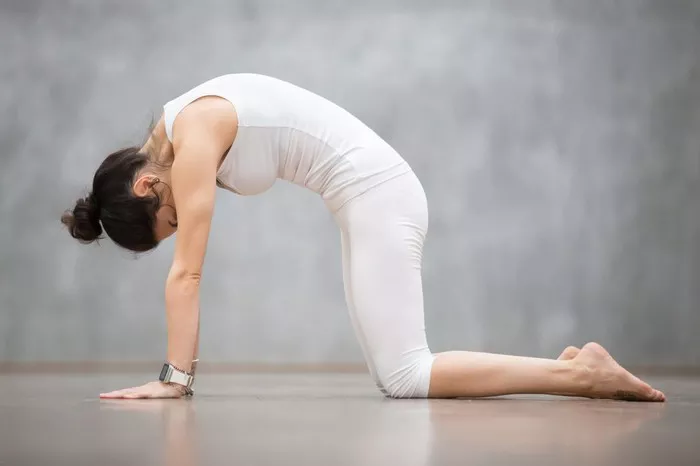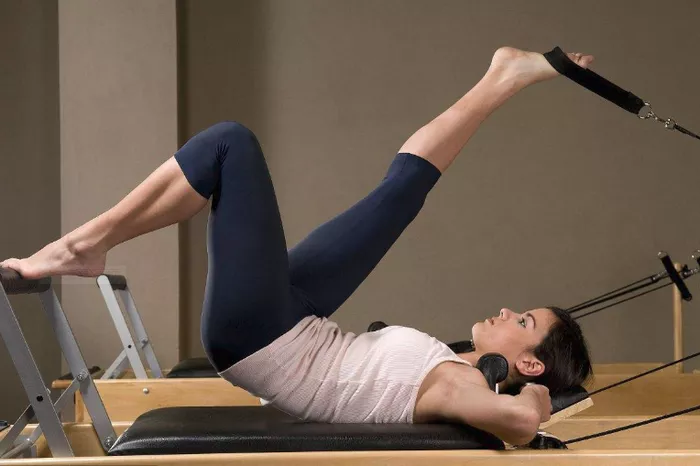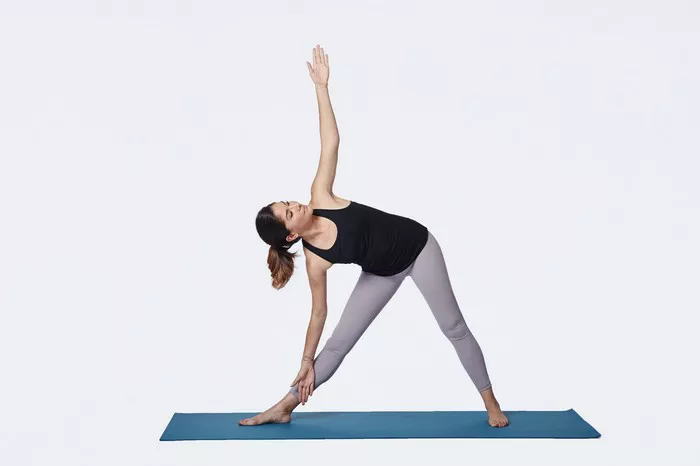Yoga, an ancient practice originating in India, encompasses a myriad of poses designed to enhance physical, mental, and spiritual well-being. Among these poses, the Cat Pose, or Marjaryasana, holds a significant place due to its rich symbolism, numerous benefits, and versatility. In this article, we delve into the depths of the Cat Pose, exploring its origins, benefits, variations, step-by-step instructions, and precautions.
Origins and Symbolism
Marjaryasana, or the Cat Pose, derives its name from the Sanskrit words “Marjari,” meaning cat, and “asana,” meaning posture. The pose mimics the stretching and arching movements of a cat, hence the name. Cats are often associated with flexibility, grace, and independence, qualities that practitioners aim to embody during the practice of yoga.
In traditional Hatha yoga texts, the Cat Pose is often depicted as a preparatory movement for more advanced asanas. It is believed to activate the spine, making it supple and resilient, while also stimulating the digestive organs. Additionally, the undulating motion of the spine in Cat Pose symbolizes the balance between strength and flexibility, a central tenet of yoga philosophy.
Physical and Mental Benefits
The Cat Pose offers a plethora of physical and mental benefits, making it a staple in yoga practice:
1. Spinal Flexibility: The primary focus of Cat Pose is the spine. As you alternate between arching and rounding the back, the vertebral column is gently mobilized, improving flexibility and relieving tension.
2. Core Strength: Engaging the abdominal muscles in Cat Pose helps to strengthen the core, providing stability and support to the spine.
3. Stress Relief: The rhythmic movement of the spine combined with mindful breathing promotes relaxation and helps alleviate stress and anxiety.
4. Improved Digestion: The gentle compression and release of the abdominal area in Cat Pose stimulate the digestive organs, aiding in digestion and alleviating constipation.
5. Enhanced Awareness: Practicing Cat Pose with mindful awareness cultivates a deeper connection between body and mind, fostering present-moment awareness and mindfulness.
Variations and Modifications
Like many yoga poses, Cat Pose can be modified or varied to suit individual needs and abilities:
1. Extended Cat Pose: In this variation, the arms are extended forward with the palms pressing into the ground, creating a deeper stretch in the spine and shoulders.
2. Cat-Cow Flow: Combining Cat Pose with its counterpart, Cow Pose, creates a flowing sequence that further enhances spinal flexibility and coordination.
3. Supported Cat Pose: Placing a bolster or cushion under the knees can provide support for practitioners with knee discomfort or limited mobility.
4. One-Legged Cat Pose: This variation involves lifting one leg behind you while maintaining the traditional Cat Pose alignment, adding an element of balance and strengthening to the pose.
5. Chair Cat Pose: Practicing Cat Pose while seated on a chair can make the pose accessible to individuals with mobility issues or those who prefer a gentler practice.
Step-by-Step Instructions
Follow these step-by-step instructions to practice Cat Pose safely and effectively:
1. Start in a Tabletop Position: Begin on your hands and knees, with your wrists directly under your shoulders and your knees directly under your hips. Ensure that your spine is in a neutral position, with your gaze down toward the mat.
2. Inhale and Arch the Back: As you inhale, gently drop your belly towards the mat, arching your back and lifting your gaze towards the ceiling. Allow your tailbone to lift slightly towards the sky.
3. Exhale and Round the Back: On the exhale, engage your abdominal muscles as you round your spine towards the ceiling, tucking your chin towards your chest. Continue pressing the ground away with your hands to deepen the stretch.
4. Repeat the Movement: Flow smoothly between the arched and rounded positions, synchronizing your breath with the movement. Continue for several rounds, maintaining a steady and controlled pace.
5. Release and Rest: After completing several rounds of Cat Pose, return to a neutral tabletop position and take a moment to rest, observing any sensations in your body.
Precautions and Contraindications
While Cat Pose is generally safe for most practitioners, certain precautions should be observed:
1. Injury or Pain: If you have a recent or chronic injury to the wrists, knees, or spine, practice Cat Pose with caution and consult with a qualified yoga instructor or healthcare professional before proceeding.
2. Pregnancy: Pregnant individuals should avoid deep backbends and intense abdominal contractions. Modify Cat Pose by reducing the range of motion and avoiding excessive pressure on the abdomen.
3. High Blood Pressure: Individuals with high blood pressure should avoid holding their breath during Cat Pose. Instead, focus on maintaining a smooth and steady breath throughout the movement.
4. Neck Issues: If you have neck problems or discomfort, avoid excessive strain by keeping your head in line with your spine rather than looking up towards the ceiling.
5. Listen to Your Body: As with any yoga practice, honor your body’s limitations and avoid pushing yourself beyond your comfort zone. If you experience any pain or discomfort, ease out of the pose and rest as needed.
Conclusion
In conclusion, the Cat Pose in yoga is a foundational posture with profound physical, mental, and symbolic significance. By incorporating Cat Pose into your regular yoga practice and exploring its variations, you can cultivate spinal flexibility, core strength, and a deeper connection to your body and breath. Remember to practice mindfully, respecting your body’s boundaries, and seeking guidance from a qualified instructor when needed. Embrace the grace and fluidity of the cat as you journey towards greater well-being through yoga.
FAQs:
Does cat-cow pose reduce belly fat?
Cat-cow pose primarily targets flexibility and mobility in the spine rather than directly reducing belly fat. While regular practice of yoga, including cat-cow pose, can contribute to overall weight management through increased calorie burn and stress reduction, spot reduction of fat in specific areas like the belly isn’t typically achieved through isolated exercises like this pose.
How many times a day should you do the cat-cow pose?
The frequency of practicing cat-cow pose depends on individual goals, fitness level, and schedule. Generally, performing it 5-10 times as part of a yoga flow or routine, repeating the sequence 2-3 times a day, can offer benefits in terms of spinal health, flexibility, and relaxation.
Do you inhale or exhale in Cat Pose?
In Cat Pose, you exhale as you round your back and draw your belly button towards your spine. This exhalation helps deepen the stretch and encourages engagement of the core muscles, promoting spinal flexibility and stability.
























